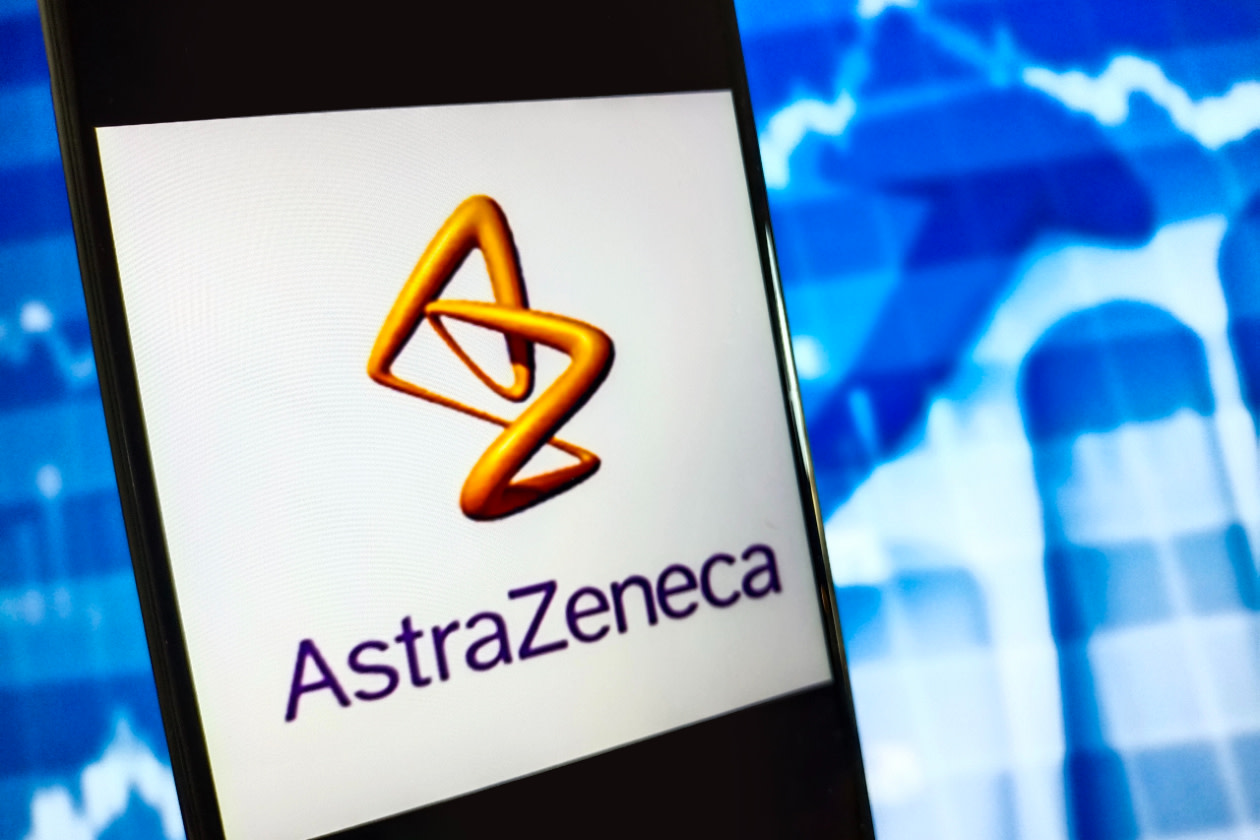AstraZeneca’s first quarter revenue rose by 10% to $13.6bn driven by sales growth in cancer therapies and biopharmaceuticals, when ignoring currency movements.
Underlying operating profit growth was a little faster at 12%, coming in at $4.8bn. Expenses were broadly flat except for research and development costs which increased 13% to over $3bn.
Free cash flow improved from $2.1bn to $3.2bn, with net debt landing at $26.1bn.
Dividends for the year are expected to increase slightly to $3.2 per share.
Full year guidance was unchanged with total revenue expected to grow at high single-digit percentage, and underlying earnings per share by a low double-digit percentage.
The shares were flat in early trading.
Our view
AstraZeneca’s first quarter results revealed few surprises. Growth was held back a little by the introduction of drug pricing reforms under the US Inflation Reduction Act. Looking forward the impact of this is not expected to be hugely detrimental to the bottom line and full year guidance feels well within reach.
The industry has so far been spared the wrath of Donald Trump’s tariffs, but it remains firmly on the president’s radar. However, the company’s manufacturing footprint in the States leaves it well placed to deal with this fast-moving dynamic.
Reaching its $80bn revenue target, and a mid-thirties operating margin by 2030 won’t be without challenges. But there’s a strong outlook for existing medicines as well as the pipeline of potential new products, an area where Astra's hit rate in the clinic has been impressive.
Cancer treatments are a cornerstone of Astra's offering. Often these drugs can maintain high growth levels for many years, as patient access improves, approvals are gained in new markets, and clinical trials prove their efficacy in additional diseases. The diverse late-stage pipeline means there are lots of potential shots on goal as it pioneers technologies with the potential to replace existing treatment regimes.
Astra is also seeing strong growth elsewhere. Ultomirisis, which came along with the acquisition of rare disease specialist Alexion, saw further strong momentum in the first quarter as has Farxiga which treats cardiovascular disease, kidney problems, and type 2 diabetes.
Net debt sits at about 1.3x forecasted cash profits which doesn't look too demanding. The group's likely to put more money into research and development. Continuing success in drug approvals will be needed in order to offset the potential loss of revenue from patent expirations over the coming years.
For now, however, Astra is generating strong cash flows from its existing portfolio of marketed medicines. This helps support a prospective dividend yield of around 2.3% - though no returns are guaranteed.
The valuation is below the long-term average reflecting concerns around tariffs and regulatory scrutiny in China. Both are issues to monitor but so far fears of a material impact in China haven’t materialised and we’re not overly concerned about the potential for damage from tariffs.
If the AstraZeneca continues its track record of clinical and financial success, then the future looks bright. But there are no guarantees and given the risks inherent in the industry, investors need have some tolerance disappointments.
Environmental, social and governance (ESG) risk
The pharmaceuticals sector is relatively high-risk in terms of ESG. Product governance, particularly with safety and marketing, and affordable access to treatment are the key risk drivers. Labour relations, business ethics and bribery and corruption are also contributors to ESG risk.
According to Sustainalytics, AstraZeneca's overall management of material ESG issues is strong. However, ongoing investigations into employee activities in China should be closely followed. The executive compensation plan includes a target to eliminate greenhouse gas emissions by 2025, and the sustainability strategy is overseen by upper management. AstraZeneca has implemented a robust programme to monitor patient safety trends and ensure the quality and efficacy of its products.
Access to healthcare is a key strategic priority. The company has a strong human capital development programme with initiatives to recruit and retain highly specialised employees, highly pertinent following the acquisition of Alexion which adds 2,500 headcount.
AstraZeneca key facts
All ratios are sourced from LSEG Datastream, based on previous day’s closing values. Please remember yields are variable and not a reliable indicator of future income. Keep in mind key figures shouldn’t be looked at on their own – it’s important to understand the big picture.
This article is not advice or a recommendation to buy, sell or hold any investment.No view is given on the present or future value or price of any investment, and investors should form their own view on any proposed investment.This article has not been prepared in accordance with legal requirements designed to promote the independence of investment research and is considered a marketing communication.Non - independent research is not subject to FCA rules prohibiting dealing ahead of research, however HL has put controls in place(including dealing restrictions, physical and information barriers) to manage potential conflicts of interest presented by such dealing.Please see our full non - independent research disclosure for more information.


